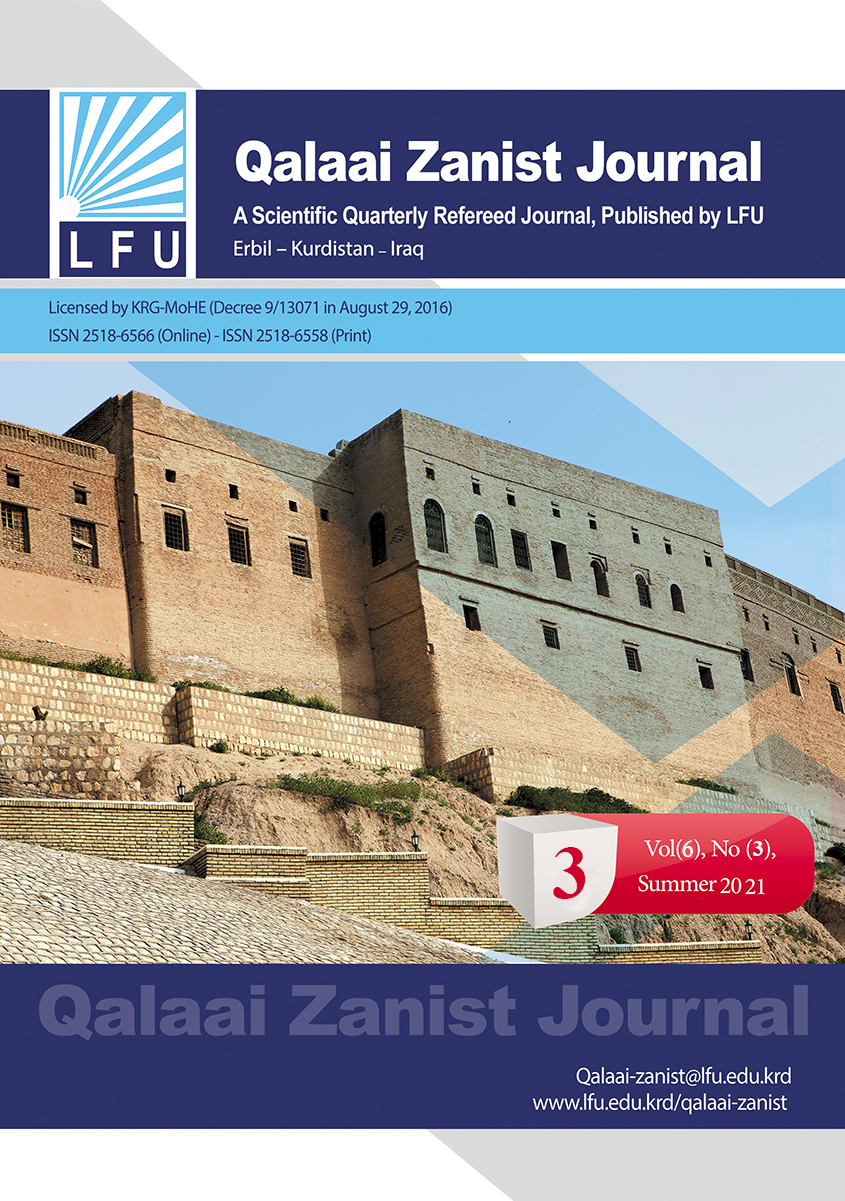The Characteristics of Art and Aesthetic of Sculpture of Kurdish Artists for Example in Erbil
##plugins.themes.bootstrap3.article.main##
Abstract
Sculpture art is like a binary in human identity, which continues to exist in history, sculpture is a true sense of sculptor and his view of daily life in an artistic work, which leads to a search for beauty characteristics, so the researcher has tried to work on the following research: (The characteristics of the art and Aesthetic of the sculpture of Kurdish-Erbil artists, for example) and here the researcher talks about the problem of research: What are the characteristics of art and aesthetics of the sculptor? The research finds itself in summary and four parts: part one: research problems, research importance, goals, boundaries: subject-art characteristics and sculpture aesthetics, location- (Erbil), time-year (2000-2007), definition of terms that find itself in (specialty, Aesthetic, sculpture, art, artist). Part Two: consists of three main axes such as: 1- artistic and aesthetic properties. 2- The characteristics of sculpture of this theory are the art of sculpture. 3- Sculpture by Kurdish artists (Erbil). The third part consists of research, research society, research punches, tools, data collection, and data analysis, in which (3) punches are selected in the purposeful style. The fourth part consists of (results, results, recommendations, suggestions) that the researcher has reached during the analysis of the tables, such as: the subject of the science of Aesthetic in the art that humans invent, this science is called art, or more beautiful arts, which are marked in tables. The researcher also suggests that the importance of artistic image and aesthetics of painting and sculpture in the Kurdistan Region of Iraq. With the main words: (specialty, aesthetics, sculpture, art, artist).
Downloads
##plugins.themes.bootstrap3.article.details##
How to Cite

This work is licensed under a Creative Commons Attribution 4.0 International License.





